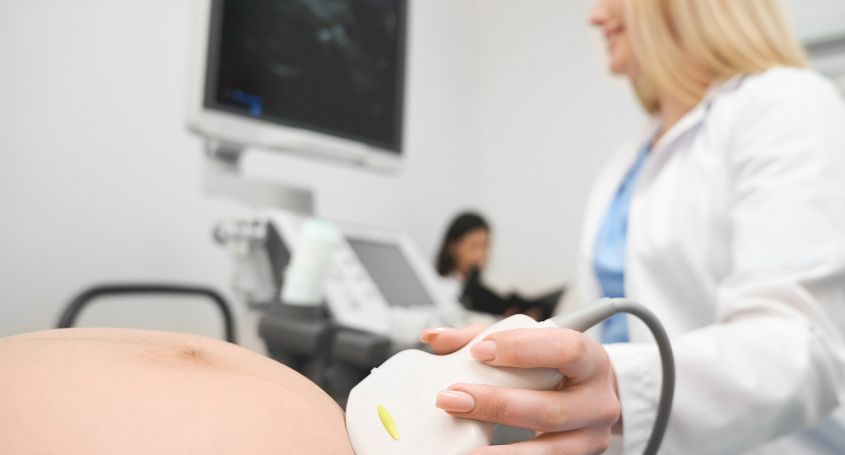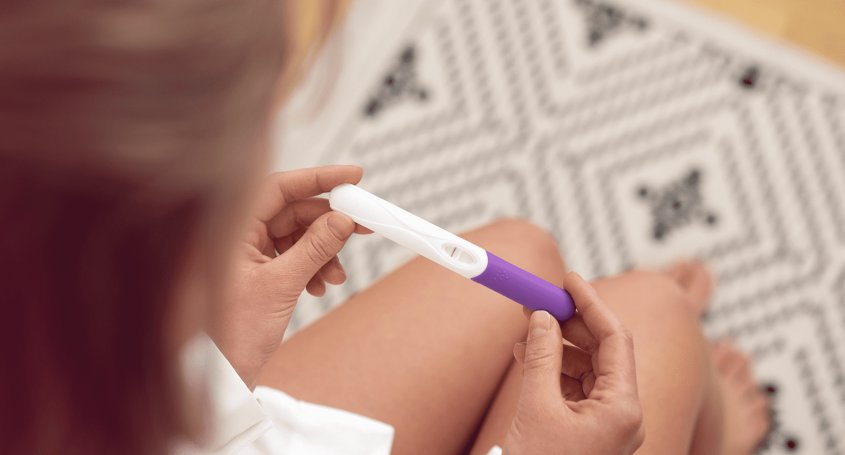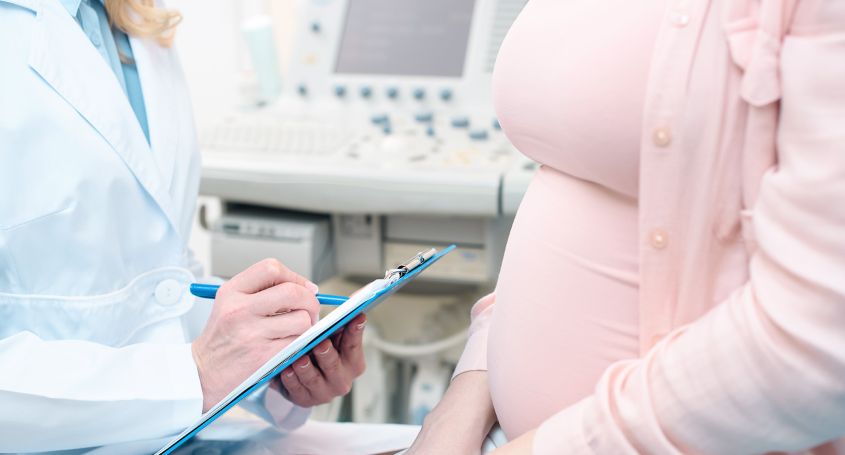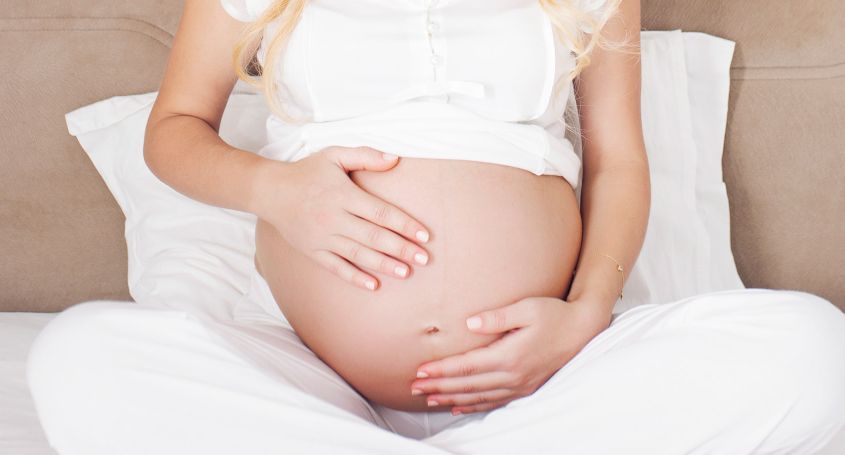There are two methods for freezing oocytes and preserving your fertility: vitrification and slow freezing. But what advantages does vitrification have over classic freezing? How is it done? In this post you will find answers to these questions and learn more about the preservation of your fertility.
Conventional freezing or vitrification of oocytes?
These two techniques have the same objective: to preserve fertility. Vitrification, however, offers an advantage over conventional freezing: it prevents the formation of frost crystals, which prevents damage to cell structures. This is achieved by the addition of cryoprotective substances that reduce the freezing point and protect the cell membrane from damage caused by freezing.
How is vitrification performed?
This technique of assisted reproduction consists of 3 main phases. The first phase is an ovarian stimulation with gynaecological controls for 8-19 days. After 10 or 12 days, the process of egg retrieval is carried out, which is similar to that of in vitro fertilisation .
The final stage is the vitrification of the eggs.
What do I have to do when I want to use my frozen oocytes?
When you decide to fertilise them, they must be defrosted in the laboratory to be fertilised with your partner's or a donor's sperm.
Once we have the gametes ( the oocytes and sperm) the specialists will perform the sperm microinjection, which means the introduction of a spermatozoid into each oocyte by means of microinjection.
What if I have fertility problems?
When this case occurs, you should consult a fertility specialist.
To achieve a pregnancy, embryo donation may be indicated. Just like eggs, embryos can also be frozen. Therefore, we can obtain a collection of embryos from couples who no longer wish to conceive.
The main objective of this technique is the quality of each embryo, given that the higher the quality, the greater capacity for implantation to be transferred to the uterus of the mother-to-be.














